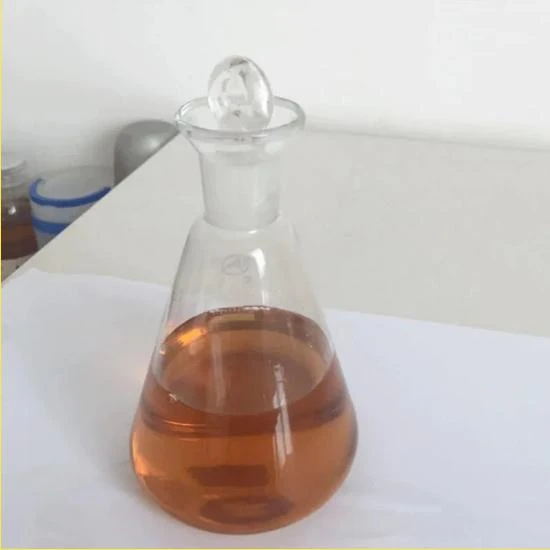
Exploring the Properties and Applications of Emulsifier 322 and 476 in Food Chemistry
Understanding Emulsifiers Focus on E322 and E476
Emulsifiers play a crucial role in the food industry, allowing for the stable mixing of ingredients that would otherwise separate, such as oil and water. Among the various emulsifiers used, E322 (Lecithin) and E476 (Polyglycerol polyricinoleate, or PGPR) are two noteworthy examples that serve important functions in food preparation and processing.
What is E322?
E322 is primarily derived from natural sources, including soybeans, sunflower seeds, and eggs. It is a phospholipid that helps form stable emulsions, making it an essential ingredient in many food products, including chocolates, margarine, and dressings. Lecithin, the active component in E322, has both hydrophilic (water-attracting) and hydrophobic (water-repelling) properties, allowing it to bridge the gap between water and fat. This unique characteristic enables the formation of stable emulsions, thereby enhancing texture and mouthfeel in various food products.
Moreover, E322 acts as a natural preservative, helping extend the shelf life of food items by preventing the separation of ingredients and maintaining the overall quality of the product. Its antioxidant properties can further protect food from rancidity, contributing to a longer-lasting flavor profile.
The Role of E476
emulsifier 322 476

E476, or Polyglycerol polyricinoleate, is a synthetic emulsifier derived from glycerol and ricinoleic acid, which is extracted from castor oil. It is predominantly used in chocolate production to improve fluidity and flow during the manufacturing process. E476 helps reduce the viscosity of chocolate, allowing it to be poured and molded more easily while ensuring a smooth texture. This property makes E476 particularly valuable for manufacturers aiming to create intricate shapes and designs in chocolate products.
In addition to chocolate, E476 is also utilized in various bakery and confectionery products. It aids in preventing the crystallization of sugar, which is vital for maintaining the desired texture in items such as fondants and creams. E476 improves the overall stability of emulsions, leading to a more consistent product.
Safety and Regulation
Both E322 and E476 are considered safe for consumption within specified limits. Regulatory bodies, including the European Food Safety Authority (EFSA) and the Food and Drug Administration (FDA) in the United States, evaluate these emulsifiers for their safety and effectiveness. While E322 is often viewed as a healthier option due to its natural origins, E476 is also approved for use and has been deemed safe when used correctly.
Conclusion
Emulsifiers like E322 and E476 are indispensable in modern food production, providing essential functionalities that enhance the stability, texture, and overall quality of food products. As consumers become increasingly aware of what goes into their food, the demand for both natural and synthetic emulsifiers is likely to evolve, leading to further innovations in the field. Understanding these emulsifiers and their roles can help consumers make informed choices while enjoying the diverse range of food products available in the market today. As the food industry continues to innovate, the significance of emulsifiers like E322 and E476 will undoubtedly remain prominent in the quest for better food quality and safety.
-
Pure Sodium Dichloroisocyanurate Dihydrate | Powerful DisinfectantNewsAug.29,2025
-
Industrial Chemicals: Quality & Purity for Every IndustryNewsAug.28,2025
-
Nitrile Rubber Honoring Strict Production StandardsNewsAug.22,2025
-
Aspartame Ingredients Honoring Food Safety ValuesNewsAug.22,2025
-
Fertilizer for Balanced Plant NutritionNewsAug.22,2025
-
Cyanide Gold Processing with High Purity AdditivesNewsAug.22,2025
-
Formic Acid in Textile Dyeing ApplicationsNewsAug.22,2025
Hebei Tenger Chemical Technology Co., Ltd. focuses on the chemical industry and is committed to the export service of chemical raw materials.
-

view more DiethanolisopropanolamineIn the ever-growing field of chemical solutions, diethanolisopropanolamine (DEIPA) stands out as a versatile and important compound. Due to its unique chemical structure and properties, DEIPA is of interest to various industries including construction, personal care, and agriculture. -

view more TriisopropanolamineTriisopropanolamine (TIPA) alkanol amine substance, is a kind of alcohol amine compound with amino and alcohol hydroxyl, and because of its molecules contains both amino and hydroxyl. -

view more Tetramethyl Thiuram DisulfideTetramethyl thiuram disulfide, also known as TMTD, is a white to light-yellow powder with a distinct sulfur-like odor. It is soluble in organic solvents such as benzene, acetone, and ethyl acetate, making it highly versatile for use in different formulations. TMTD is known for its excellent vulcanization acceleration properties, which makes it a key ingredient in the production of rubber products. Additionally, it acts as an effective fungicide and bactericide, making it valuable in agricultural applications. Its high purity and stability ensure consistent performance, making it a preferred choice for manufacturers across various industries.





